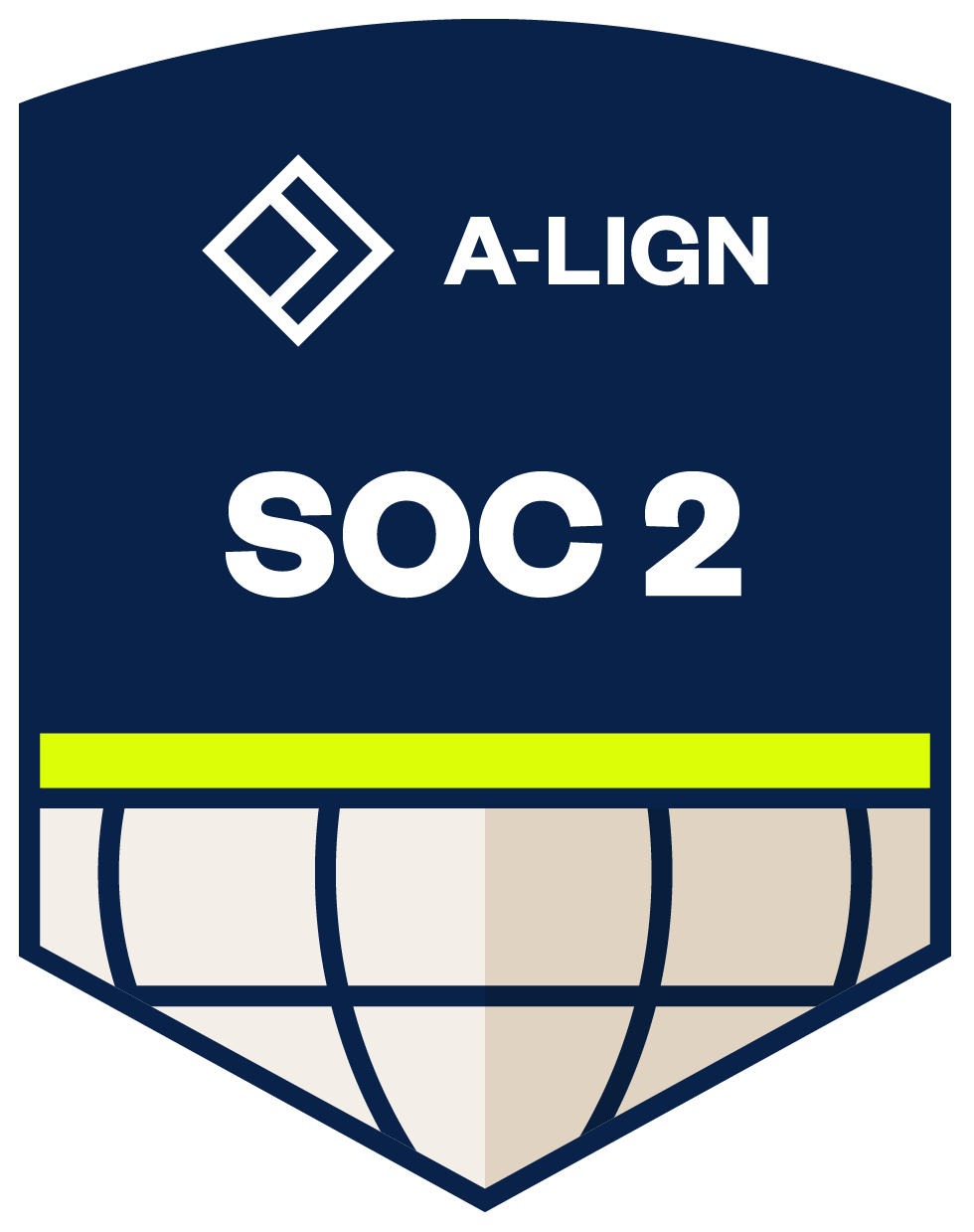Is your practice struggling to overcome operational bottlenecks despite trying everything from hiring extra staff to outsourcing certain tasks? A reliable healthcare practice management software might be the answer...

At Practice EHR, we’re continuously focused on supporting healthcare organizations and physicians. We want to help physicians be successful in all things they do, including meeting the requirements of new government-mandated programs, like the Medicare Access and CHIP Reauthorization Act (MACRA).
MACRA is a government-mandated quality payment program (QPP) that establishes a new payment system for clinicians who treat Medicare patients. The program is part of an industry shift to value-based reimbursement and consolidates previously government-mandated programs like, Meaningful Use (MU), Physician Quality Reporting System (PQRS) and the Value-Based Payment Modifier.
Who participates in the QPP?
Clinicians who care for more than 100 Medicare patients or bill more than 30,000 Medicare Part B dollars are considered eligible clinicians and must participate in MACRA to avoid penalties. This includes:
- Physicians
- Physician assistants
- Nurse practitioners
- Clinical nurse specialists
- Certified registered nurse anesthetists
Choose your track: APM vs. MIPS
MACRA includes two payment tracks clinicians can choose to report under: the advanced alternative payment model (APM) or the merit-based incentive payment system (MIPS). If you receive 25 percent of Medicare-covered professional services or see 20 percent of your Medicare patients through an advanced APM in 2017, then you will report under the APM payment model. However, most clinicians will report under MIPS, so for the sake of this blog, we will focus on the MIPS track. Find out if you are eligible for MIPS.
Reporting Under MIPS
With MIPS, clinicians will submit data in four performance categories, including quality, improvement activities, advancing care information and cost. The data received in 2017 will determine positive, negative, or neutral payment adjustments that kick in starting in 2019.
Adjustments will max out at four percent the first year and later, as the program matures, grow to nine percent and beyond.
2017 MIPS Performance Scoring:
- Quality (60%)
- Advancing care info (25%)
- Improvement activities (15%)
- *Cost (0%) *(Cost data is collected in 2017, but only 2018 data determines payments.)
MIPS Reimbursement Potential:

Submit something!
With all of this being said, our best MACRA tip for clinicians is to submit something. Ideally, begin collecting performance data starting January 1, 2017, and report for the full performance period. However, CMS has named 2017 as a transition year while offering some flexibility in reporting and performance for MIPS participants. Choose a reporting pace that best suits you (outlined below), but remember, clinicians who don’t submit anything will receive a negative payment adjustment.
- Don’t submit any data; receive a negative four percent payment adjustment
- Report some data; avoid a negative payment adjustment
- Submit data for half of the year; avoid penalties and likely earn a positive payment adjustment
- Submit for the full year; earn a positive payment adjustment
Looking for more helpful resources on MACRA?
Download our MACRA Simplified Guide.
Topics: MACRA/MIPS, MIPS, Reporting Under MIPS, MACRA
RECENT POSTS



TOPICS
- EHR Solution (191)
- EHR (124)
- digital age (117)
- Patient Care (116)
- Medical Billing (110)
- Specialty-Specific EHR (110)
- Industry Update (97)
- Technology in Healthcare (84)
- EHR Features (79)
- Small Practice (77)
- Medical billing services (72)
- HIPAA Security (62)
- Integrated EHR (62)
- RCM (62)
- New Technology (44)
- Cloud-based EHR (43)
- Telemedicine (42)
- Healthcare Office Management (40)
- Practice EHR News (38)
- Kiosk (31)
- Revenue Cycle Management (28)
- AI Solutions (23)
- ePrescribing (21)
- AI Scribing (16)
- Best EHR Software (16)
- EMR (12)
- Practice Management Software (12)
- AI-powered Medical Billing (10)
- Client Favorites (10)
- Practice Automation (10)
- TeleVisit (10)
- The ONE (10)
- AI EHR (9)
- Switching to New EHR (9)
- MACRA/MIPS (8)
- Patient Portal (8)
- Urgent Care (8)
- AI Scribe (7)
- Best EHR Practice (7)
- EHR Integration (7)
- Psychiatry EHR (7)
- E-Prescribing (6)
- Product Updates (6)
- events (6)
- AI scanning (5)
- MIPS (5)
- Automated Health Tools (4)
- HIPAA (4)
- Insider (4)
- Internal Medicine EHR (4)
- MIPS Reporting (4)
- Mobile EHR (4)
- Orthopedics EHR (4)
- Podiatry (4)
- Podiatry EHR (4)
- Telehealth Platform (4)
- Chiropractic EHR (3)
- Digital Experiences (3)
- EHR Flaws (3)
- EHR Implementation (3)
- EHR for Chiropractors (3)
- EHR for Small Practices (3)
- Family Medicine EHR (3)
- Integrated Practice Management (3)
- Medical Practice Management Software (3)
- Patient Check-in Kiosk (3)
- PracticeEHR GO App (3)
- Regulatory Updates (3)
- Telehealth Platforms (3)
- Clearinghouse (2)
- Dermatology EHR (2)
- EHR Scheduling (2)
- Eligibility Verification in Medical Billing (2)
- Foot and Ankle Care (2)
- Foot and Ankle EHR (2)
- Health records 101 (2)
- Medical Coding Services (2)
- Medical Credentialing (2)
- Multilingual AI Scribe (2)
- Quality of Patient Care (2)
- Reporting Under MIPS (2)
- Risk and Liability in Medical Settings (2)
- What Works Clearinghouse (2)
- AI Scan (1)
- Bariatric EHR (1)
- Behavioral Health Practices (1)
- Billing Communication (1)
- Billing for Private Practices (1)
- Cardiology EHR (1)
- Cash Flow (1)
- Cashless Payments (1)
- Charting (1)
- Data Security (1)
- Dos and Don'ts (1)
- EHR Guides (1)
- EHR KPIs (1)
- EHR Questions to Ask (1)
- EHR Transition (1)
- EHR for Chronic Illness (1)
- EMR vs EHR Difference (1)
- ENT EHR (1)
- Endocrinology EHR (1)
- Family Medicine (1)
- Gastroenterology (1)
- Gastroenterology EHR (1)
- General Surgery EHR (1)
- Geriatric AI scribe (1)
- Geriatrics EHR (1)
- Guides (1)
- Healthcare Compliance Certification (1)
- Healthcare Practice Office Management (1)
- Help Center Videos (1)
- Insurance Reimbursement (1)
- KPI (1)
- Key Performance Indicators (1)
- Lab Processing (1)
- MACRA (1)
- Medical Billing Partner (1)
- Nephrology EHR (1)
- Neurology EHR (1)
- Pain Management EHR (1)
- Pediatrics EHR (1)
- Physical Therapy EHR (1)
- Practice Cash Flow (1)
- Practice Efficiency (1)
- Pulmonology EHR (1)
- Reconsider Your EHR (1)
- Simplify Practice Management (1)
- Staffing in Healthcare (1)
- Switch Medical Billing Providers (1)
- Urgent Care Medical Billing (1)
- Urology EHR (1)
- Voice-Activated AI Scribe (1)
- insurance claim denials (1)









